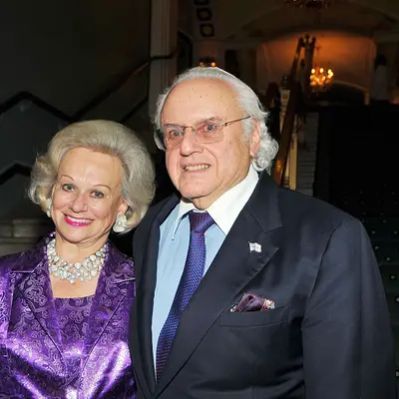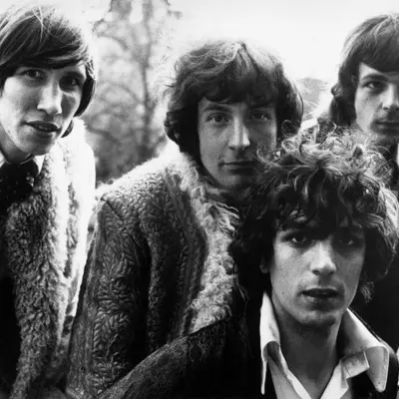What Is Steve Miller’s Net Worth?
Steve Miller, the celebrated American guitarist and singer-songwriter, has cultivated a substantial net worth of $60 million. This financial achievement is primarily attributed to his prolific music career, marked by successful album sales, consistent touring, and enduring popularity of his iconic hits. His journey began in blues and blues rock before transitioning to a more pop-oriented sound in the 1970s and 1980s, a shift that propelled him to significant commercial success.
Early Life and Career Beginnings
Born on October 5, 1943, in Milwaukee, Wisconsin, Steve Miller’s early exposure to music was profound, with parents who were jazz enthusiasts. The frequent visits of guitarist Les Paul and his partner Mary Ford to the family home further fueled his interest. In 1950, the family relocated to Dallas, Texas, continuing to host renowned musicians. Miller attended St. Mark’s School and later Woodrow Wilson High School, forming his first band, the Marksmen, during his school years. He briefly attended the University of Wisconsin – Madison, where he created the Ardells. Despite studying abroad at the University of Copenhagen, Miller left college just shy of graduation to pursue music. Returning from Denmark, he immersed himself in Chicago’s blues scene, collaborating with harmonica player Paul Butterfield and performing alongside blues legends like Muddy Waters, Buddy Guy, and Howlin’ Wolf. In 1965, he co-founded the Goldberg-Miller Blues Band with keyboardist Barry Goldberg, securing a residency at a New York City blues club after signing with Epic Records and releasing “The Mother Song.” Subsequently, Miller briefly considered returning to the University of Texas at Austin before heading to San Francisco.
The Rise of the Steve Miller Band
In 1966, in San Francisco, Miller established the Steve Miller Band, featuring guitarist James Cooke, bassist Lonnie Turner, drummer Tim Davis, and organist Jim Peterman. Their initial significant performance was supporting Chuck Berry at the Fillmore West, which resulted in the live album “Live at Fillmore Auditorium” in 1967. The band’s debut studio album, “Children of the Future,” was released the following year, followed by “Sailor,” which solidified their psychedelic blues rock style. Albums such as “Brave New World,” “Your Saving Grace,” and “Number 5” further enhanced the Steve Miller Band’s recognition. “Recall the Beginning… A Journey from Eden” was released in 1972. The band achieved its breakthrough in 1973 with “The Joker,” which reached number two on the Billboard 200 and featured the chart-topping title track on the Billboard Hot 100. The album “Fly Like an Eagle” in 1976 produced hit singles including the title track, “Rock’n Me,” and “Take the Money and Run.” In 1977, “Book of Dreams” continued their success, reaching the top ten in multiple countries and featuring hit singles like “Jet Airliner” and “Jungle Love.” The Steve Miller Band’s “Greatest Hits 1974-78,” released in 1978, capitalized on their popularity. The enduring appeal of these albums fueled successful concert tours throughout the 1980s and 1990s. During these decades, the band released albums like “Abracadabra,” “Living in the 20th Century,” “Born 2 B Blue,” and “Wide River.” In the early 2010s, they released “Bingo!” and “Let Your Hair Down.” These musical endeavors significantly contributed to Steve Miller’s substantial net worth.
Real Estate Holdings
Steve Miller’s real estate portfolio has been a significant component of his overall wealth. In the 1980s, he acquired a 13-acre property in Sun Valley, Idaho, which he listed for sale in 2017 for $16 million. Despite a price reduction to $14.8 million, a buyer has not yet been found. Previously, Miller owned a 39-acre waterfront estate in Washington’s San Juan Islands, where he commissioned the construction of a 12,000-square-foot home. Accessible by yacht or seaplane via a private dock, this property was initially listed in 2014 for $20 million but eventually sold for $8.5 million in 2019. He also owned a 420-acre ranch in southwestern Oregon from 1976 to 1986, which was later added to the National Register of Historic Places in 2015. While specific financial details of these transactions are not fully public, they highlight the scale and value of Miller’s real estate investments, playing a crucial role in shaping his net worth.
Other Endeavors and Recognition
Beyond his music career and real estate investments, Steve Miller served as an Artist in Residence at the USC Thornton School of Music during the 2010-11 academic year, teaching students in the Popular Music and Music Industry programs. In 2016, Miller was inducted into the Rock and Roll Hall of Fame, although his comments at the ceremony caused controversy. These activities and recognition further cement his legacy and indirectly contribute to his financial status through increased visibility and opportunities. The primary driver of Steve Miller’s $60 million net worth remains his music, bolstered by strategic investments and real estate holdings.
Concert Tours and Album Sales
The Steve Miller Band’s consistent touring schedule and album sales have been pivotal in accumulating Steve Miller’s net worth. While precise figures for individual concert earnings per tour aren’t publicly available, the band’s consistent presence on the touring circuit throughout the 1980s, 1990s, and 2000s suggests a steady stream of revenue. For instance, large-scale tours in support of albums like “Abracadabra” and “Wide River” likely generated significant income through ticket sales, merchandise, and associated royalties. The Steve Miller Band has sold over 35 million albums globally. Albums such as “The Joker” (1973), “Fly Like an Eagle” (1976), and “Book of Dreams” (1977) contributed substantially to Steve Miller’s net worth. Each of these albums achieved multi-platinum status, translating to millions of dollars in revenue from sales and royalties. These milestones underscore the band’s commercial success and the financial rewards it has generated for Steve Miller.
 Net Worth Ranker
Net Worth Ranker































































